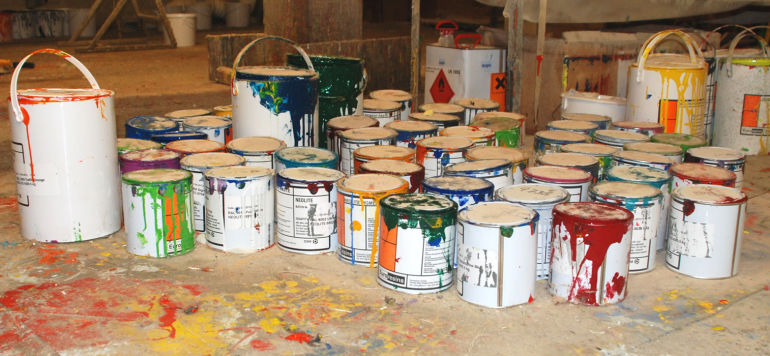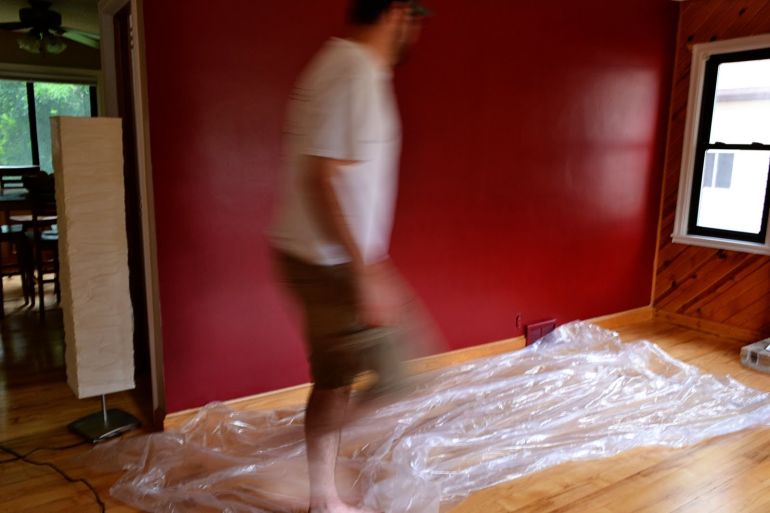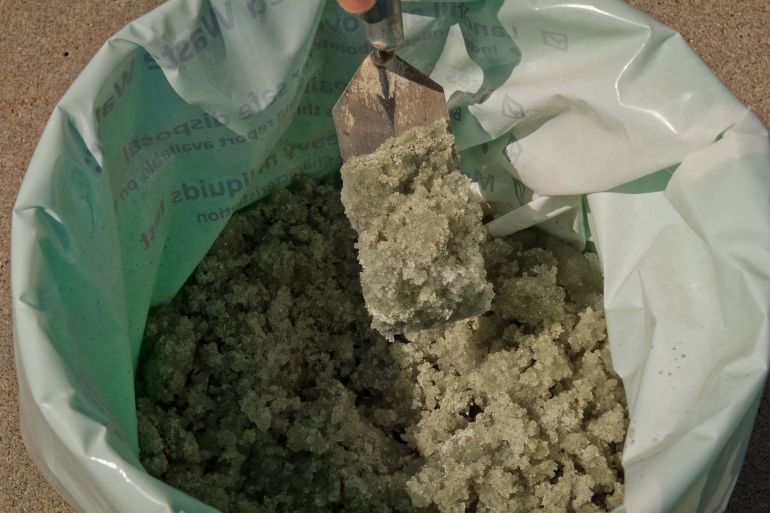5 Unusual But Useful Tips For Home Painting
Painting is a versatile and rewarding task, but also one oft attempted without proper consideration and preparation. Don’t let your walls, ceilings and furniture get the better of you - keep these tips in mind when embarking on an autumnal painting project.
1. Don’t paint in the hottest weather
It’s practically a universally acknowledged truth that painting jobs require reasonable temperatures for drying. In the UK, where the hotter months only reach around 25 degrees, this makes summer painting ideal - here Down Under, however, it is less than satisfactory to find your paint drying so quickly that you can’t even patch up mistakes! In many parts of the country, summer means high humidity - another painting no-no since it dampens surfaces and prevents waterborne paints from drying altogether. Make sure to plan your paint job around the calendar - mid-March onwards is usually a safe bet.
2. Err on the side of excess
Always acquire more paint than you expect to use. Even if you estimate surface areas and coats perfectly, you may find your supply is soon guzzled up by itty bitty unquantifiable tasks, such as perfecting the top coat around an electronic socket. Sealed cans of interior paint will last years - up to about 15 if they remain unopened. And remember, down the line when your walls are chipped and dirty, you’ll be thanking your lucky stars you thought to set some aside for when that hue was out of production.
3. Avoid the plastic dropcloth
They may appear to be convenient, and certainly seem to be the favourite in adverts and television shows, but plastic dropcloths are hazardous and impractical. Paint dripped on plastic will not dry; instead, it will find its way onto feet and shoes! What’s more, the surface is very slippery to walk on and trying to secure a ladder on it is highly reckless. Canvas makes a good alternative.
4. Be aware of light
So you’ve spent days pouring over sample packs and examining paint patches in different levels of sunlight - but considering how your painting will be affected or enhanced by lighting doesn’t stop there. Remember to paint away from the light source to prevent being in shadow and therefore ensure a smoother, more precise job.
5. Invest in disposal
If your excess paint is unsuitable for storage, it absolutely, unavoidably cannot just be flushed down the drain. Many thickening products, such as Dulux’s Envirosolutions Waste Paint Hardener, will solidify the material and allow for its disposal in normal household waste.


